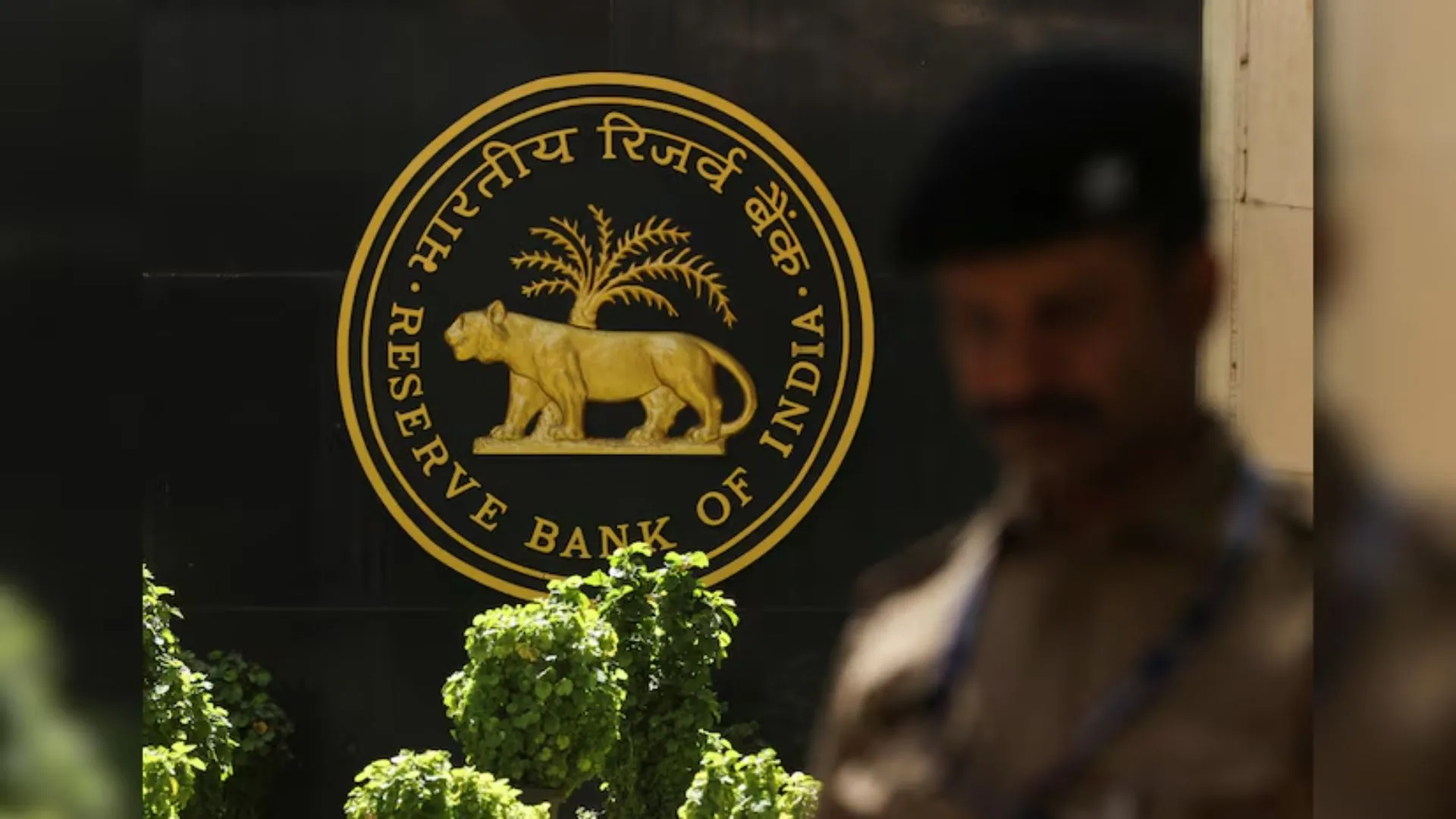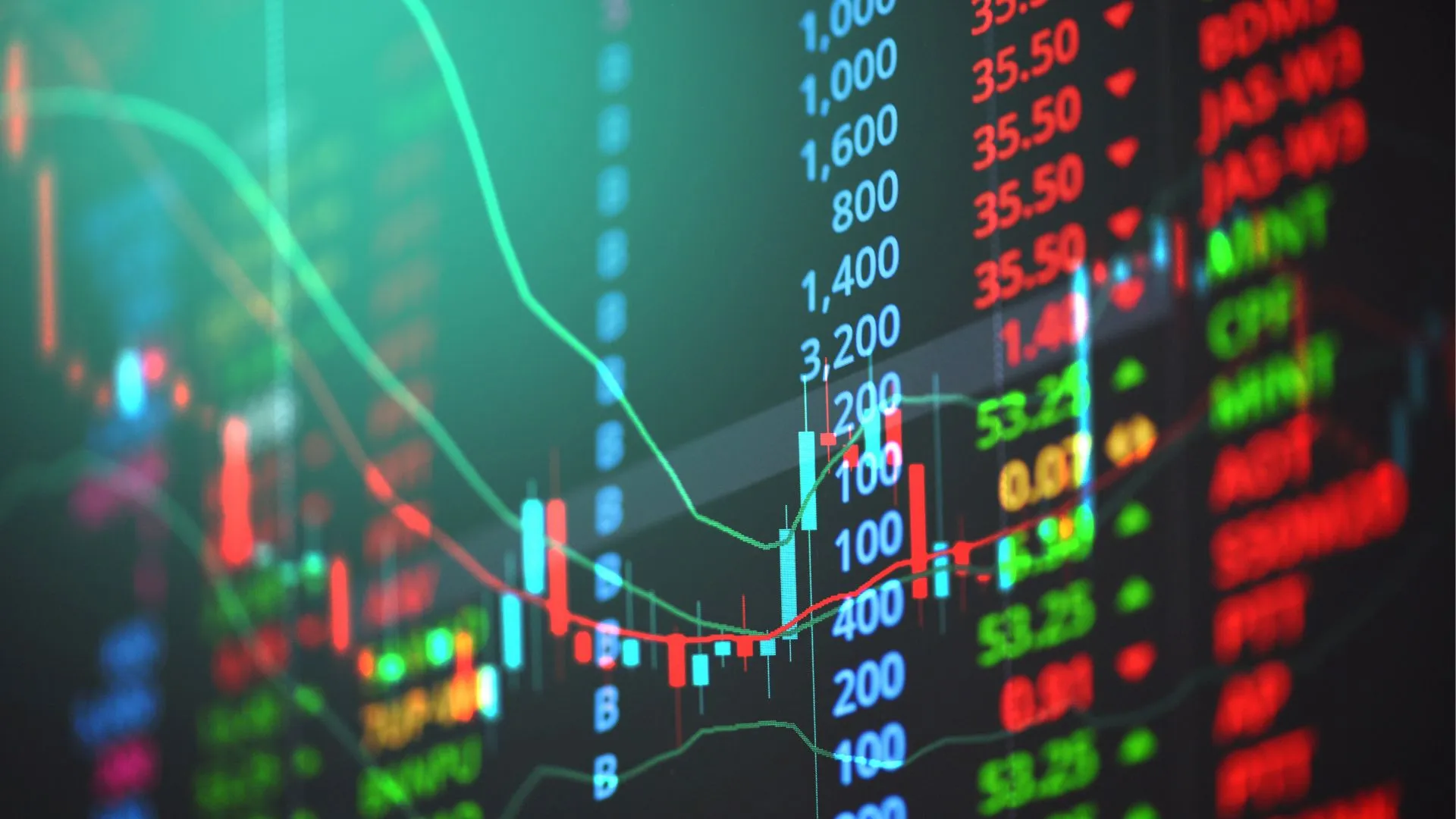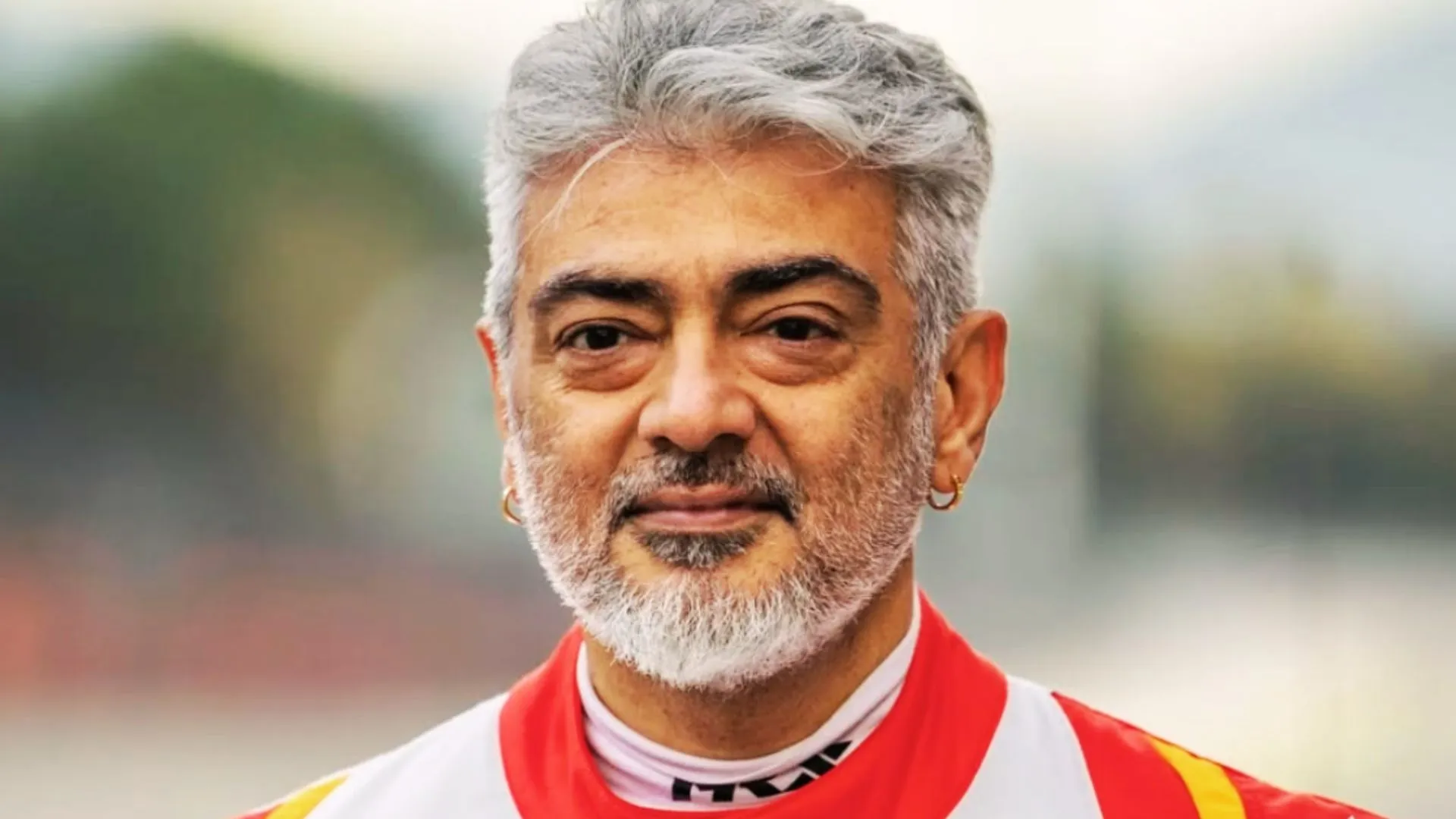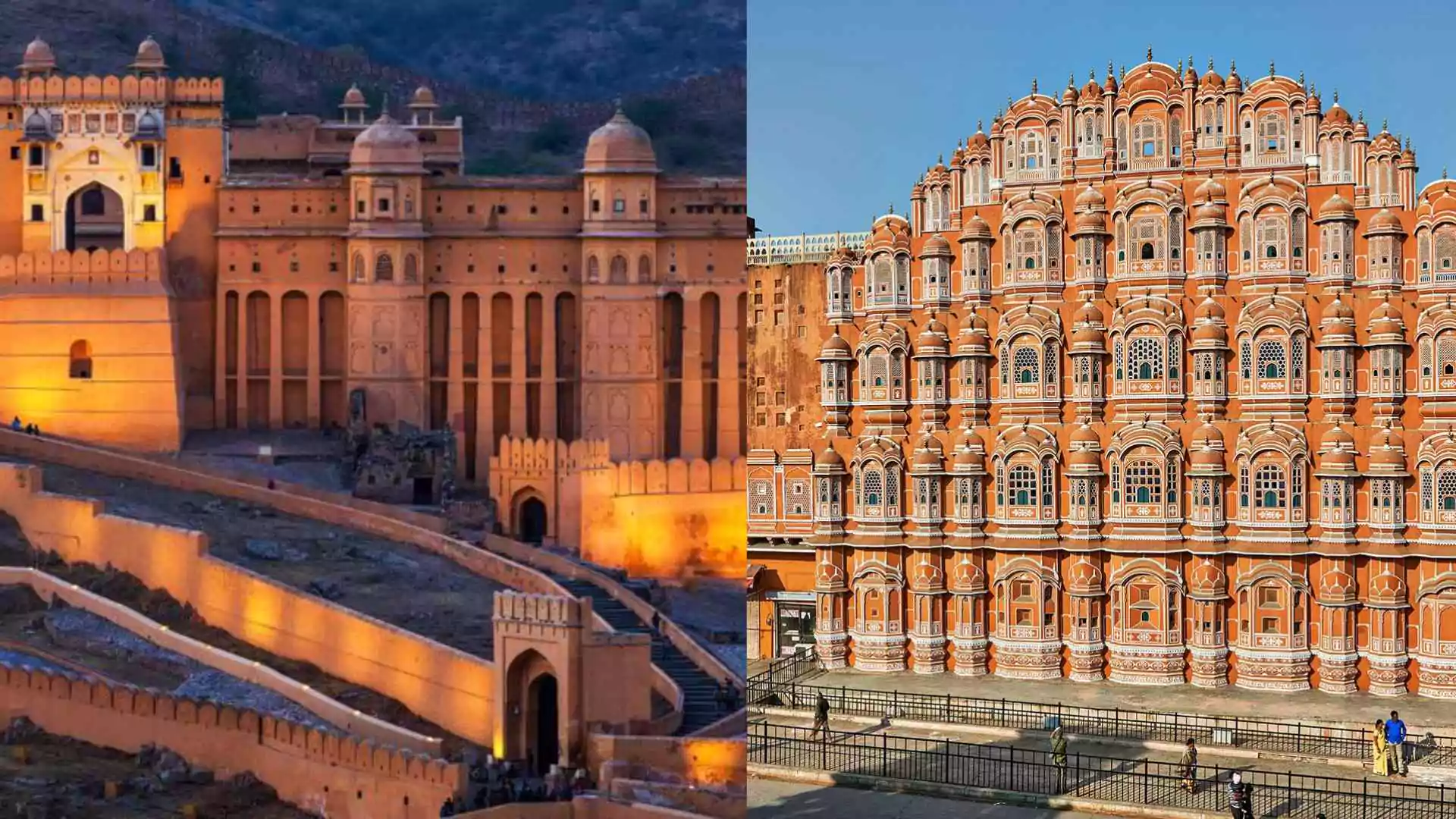US President Donald Trump has signed a memorandum directing American trade officials to study existing trade relationships and introduce reciprocal tariffs on countries that impose higher tariffs or non-tariff barriers on US goods. The policy aims to address what Trump calls “unfair trade practices” by ensuring that other nations treat American imports the same way the US treats theirs.
“I have decided, for purposes of fairness, that we will impose reciprocal tariffs. Whatever other countries charge the US, we will charge them,” said Trump while signing the order in the Oval Office.
Trump: Ukraine war has to end. I had good talks with Putin and Zelenskyy. Russia wants to make a deal. https://t.co/biOwr4HGvK
— Sidhant Sibal (@sidhant) February 13, 2025
Advertisement · Scroll to continue
The order requires a comprehensive review of tariffs, subsidies, exchange rates, and non-tariff barriers imposed by trading partners. Countries with significant trade deficits with the US will be the primary focus of this initiative, which could result in sweeping changes to current trade policies.
India is expected to be among the nations most affected due to its relatively high tariff rates. According to World Trade Organization (WTO) data, India’s simple average tariff is 17%, compared to 3.3% for the US. On a trade-weighted basis, India’s average rate is around 12%, while the US maintains a rate of 2.2%. President Trump specifically mentioned India during the announcement, saying, “India has more tariffs than almost any other country.”
The announcement came just hours before Trump’s scheduled meeting with Indian Prime Minister Narendra Modi at the White House. Reports indicate that trade issues, including tariff disparities and market access, will be high on the agenda for their discussions.
White House Press Secretary Karoline Leavitt said the logic behind reciprocal tariffs is simple. “It’s about fairness—treat others the way you want to be treated. For too long, countries have been taking advantage of America’s generosity, and this policy will change that,” she stated.
Peter Navarro, a top trade adviser to Trump, explained that the administration will thoroughly investigate trade imbalances and address countries with the largest deficits. “We’ll start with the countries that have the biggest deficits and take corrective measures,” Navarro told CNN. He emphasized that the review would also cover non-tariff barriers such as quotas and subsidies.
Trump’s economic adviser, Kevin Hassett, pointed to India as a country with particularly high tariffs, noting that the upcoming talks between Modi and Trump will focus on narrowing the gap. India, however, has already taken steps to reduce some tariffs and has expressed interest in a comprehensive trade negotiation with the US. Recent budget announcements in India included duty cuts on specific items, along with a proposal to increase imports of American energy products to reduce the trade deficit.
Despite these signs of cooperation, experts believe the immediate implementation of reciprocal tariffs could pose challenges for Indian exporters, especially at a time when the country is seeking to boost its economic growth.
Trade expert Shoumitro Chatterjee, an assistant professor of economics at Johns Hopkins University, highlighted the imbalance in several key sectors. He noted that India’s average tariff on US agricultural products stands at 41.8%, compared to the US’s 3.8% tariff on Indian agricultural imports. The disparity is evident across sectors such as transport equipment, where India’s average tariff is 14.9% compared to the US’s 0.9%.
The upcoming talks between Modi and Trump will aim to strike a balance and prevent trade tensions from escalating further. Both leaders are expected to explore the possibility of a free trade agreement, which could potentially be concluded by the end of the year.
Also Read: Ukraine’s Zelensky Warns ‘Against Trusting Putin’s Claims Of Readiness To End The War’






















